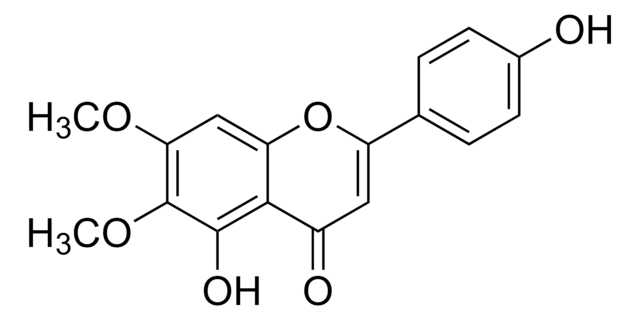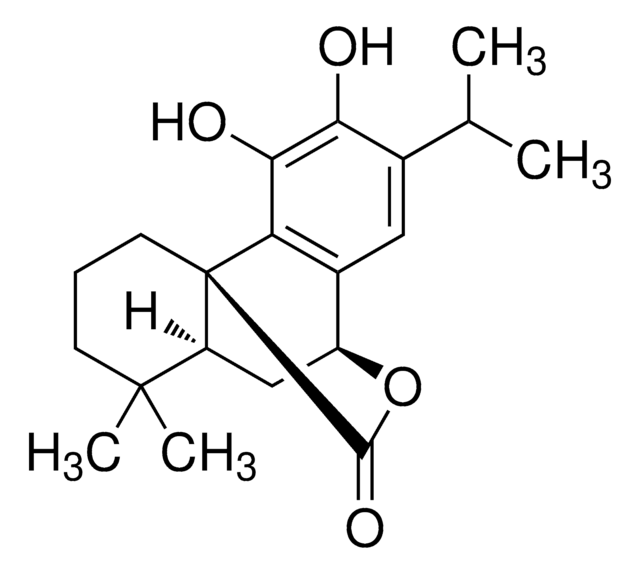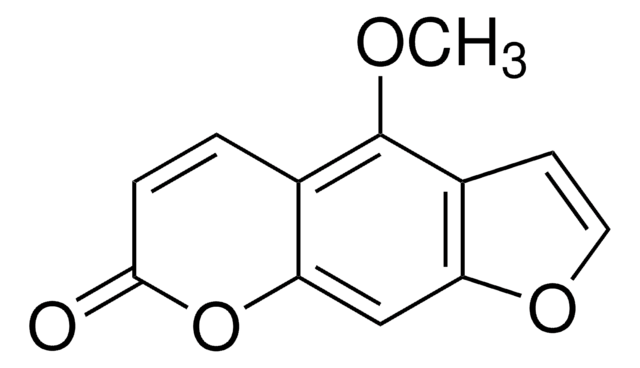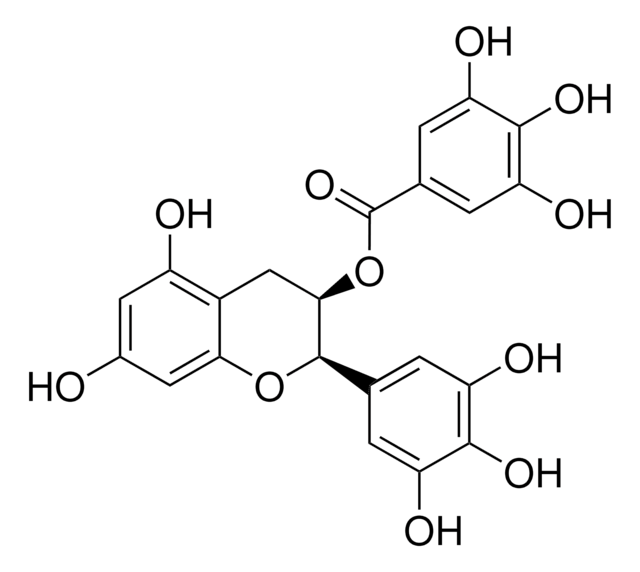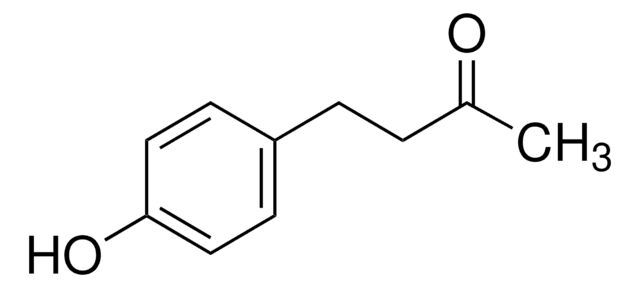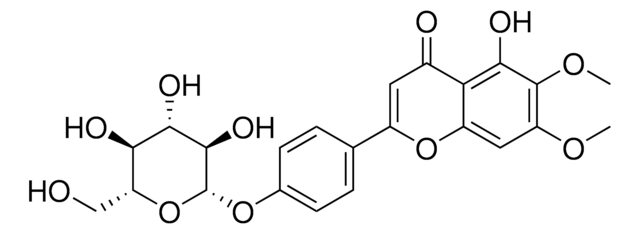SMB00178
Rhododendrol
≥95% (LC/MS-ELSD)
Sinônimo(s):
(R)-(-)-Rhododendrol, 4-Hydroxy-α-methyl-benzenepropanol, Betuligenol, Frambinol
About This Item
Produtos recomendados
Ensaio
≥95% (LC/MS-ELSD)
Formulário
solid
aplicação(ões)
metabolomics
vitamins, nutraceuticals, and natural products
temperatura de armazenamento
−20°C
cadeia de caracteres SMILES
CC(O)CCc1ccc(O)cc1
InChI
1S/C10H14O2/c1-8(11)2-3-9-4-6-10(12)7-5-9/h4-8,11-12H,2-3H2,1H3
chave InChI
SFUCGABQOMYVJW-UHFFFAOYSA-N
Categorias relacionadas
Descrição geral
Ações bioquímicas/fisiológicas
Palavra indicadora
Warning
Frases de perigo
Declarações de precaução
Classificações de perigo
Acute Tox. 4 Oral - Eye Irrit. 2
Código de classe de armazenamento
11 - Combustible Solids
Classe de risco de água (WGK)
WGK 3
Ponto de fulgor (°F)
Not applicable
Ponto de fulgor (°C)
Not applicable
Escolha uma das versões mais recentes:
Certificados de análise (COA)
Não está vendo a versão correta?
Se precisar de uma versão específica, você pode procurar um certificado específico pelo número do lote ou da remessa.
Já possui este produto?
Encontre a documentação dos produtos que você adquiriu recentemente na biblioteca de documentos.
Nossa equipe de cientistas tem experiência em todas as áreas de pesquisa, incluindo Life Sciences, ciência de materiais, síntese química, cromatografia, química analítica e muitas outras.
Entre em contato com a assistência técnica